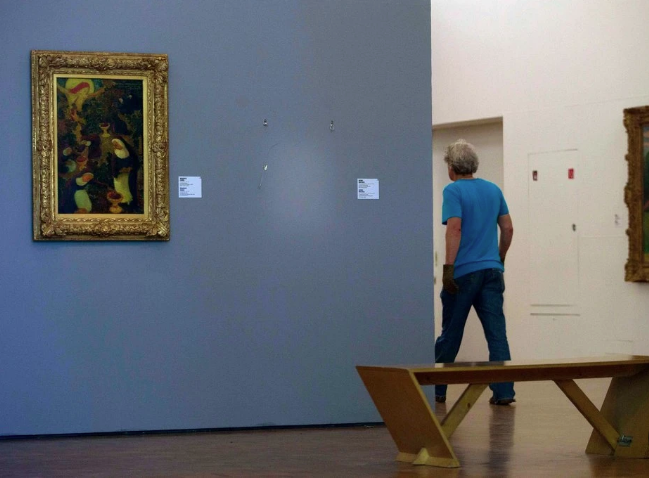Picasso’s painting “Tete d’Arlequin” was stolen back in 2012 from Rotterdam’s Kunsthal museum and has reappeared in Romania sometime on Sunday.
In a dramatic heist, the thieves managed to get away with a Picasso painting, but also managing to grab 7 other paintings. These include Matisse’s “La Liseuse en Blanc et Jaune.” Monet’s “Waterloo Bridge, London” and “Charing Cross Bridge, London”, and Lucian Freud’s “Woman with Eye’s Closed.” Dutch news called it “the theft of a century.”
The heist itself raised the eyebrows of museum directors and boards all across Europe, questioning their security. The Romanian ringleader and his accomplices were convicted in 2013 but none of the artworks were uncovered and some Romanian experts believe that the artwork may have been burned in an effort of a cover up. The artwork was never found.
Over the past week, Mira Feticu, a Dutch-Romanian author received a letter and, once she realized what it was, quickly informed the police. The letter gave a description about where Picasso’s “Tete d’Arlequin” was located.
Feticu and a colleague, Frank Westerman, flew to Romania to find that the letter’s claim was genuine, according to her. They drove for three hours from Bucharest to a village where they hoped they would find the missing Picasso painting.
“It was buried in a woods not far away from the village of Carcaliu, where the thieves were from,” she said in an interview with The New York Times. “I was told to walk 450 meters down a path and find some markings on a tree. And then a second tree nearby has a red symbol on it. There, under a rock, we found the painting, wrapped in plastic just under the soil. I cried when I saw it.” It’s too good to be true.
However, the story doesn’t end there. Peter van Beveren, curator of the collection, expressed his doubts about the painting be authentic. Bereven studied some of the images put on the net, and can already tell differences such as the thickness of strokes or lines.
It only took another day or so for Feticu to receive another letter– this time from a Belgian performance art group called Berlin. The letter explained that the aim was to “find out at which point things would falter, with whom and why.”
The Dutch authorities have no comment when asked if Berlin could be in possession of the real paintings.



![{source:other,uid:CAE9154F-0F5B-4BBF-8FB5-B8FB74BBCB27_1633101105193,origin:gallery,fte_sources:[],used_sources:{version:1,sources:[]},premium_sources:[],is_remix:false}](https://lakewoodtimes.net/wp-content/uploads/2021/10/E5C07CA4-47B8-42B5-BA21-891638E46484.jpeg)



















